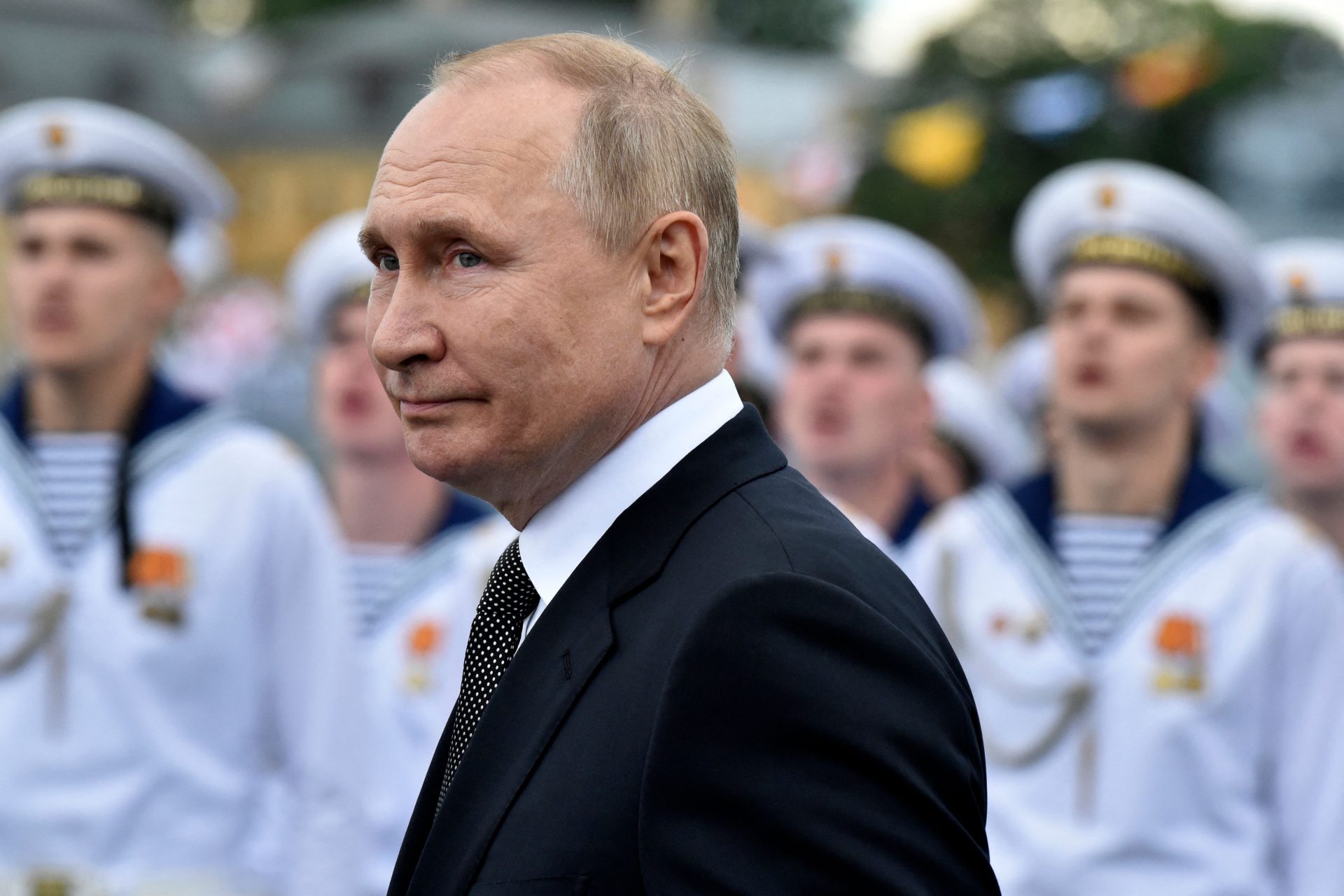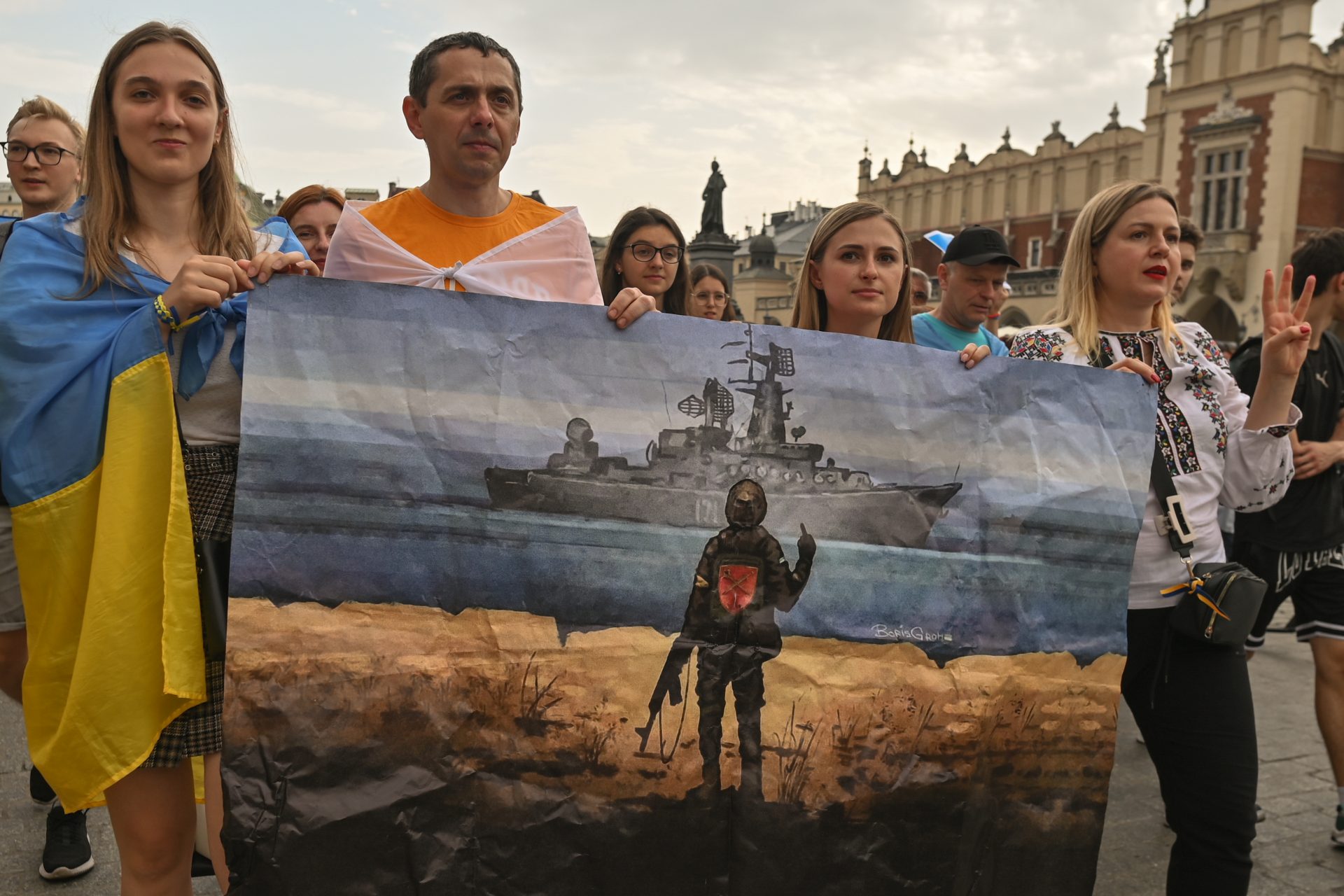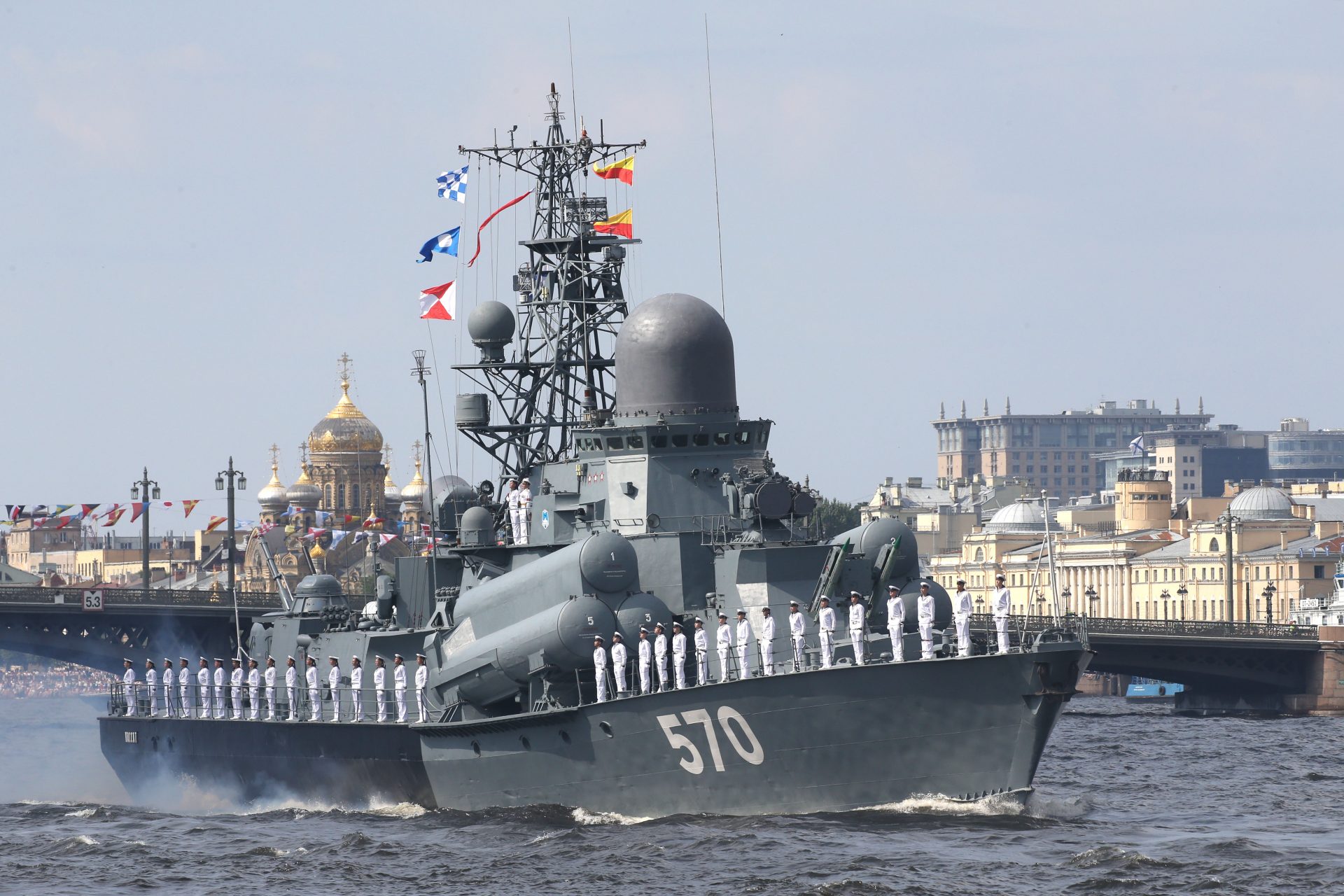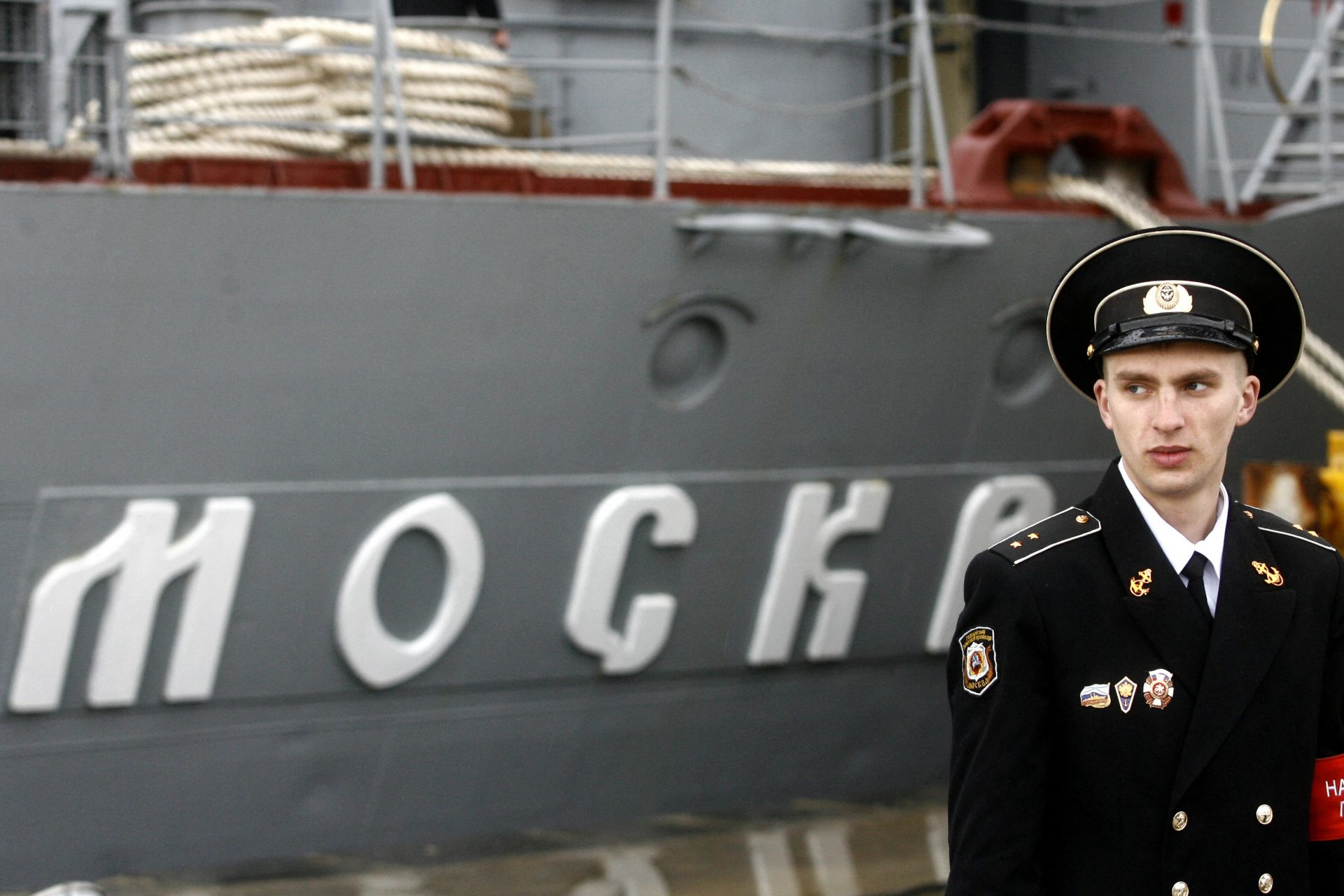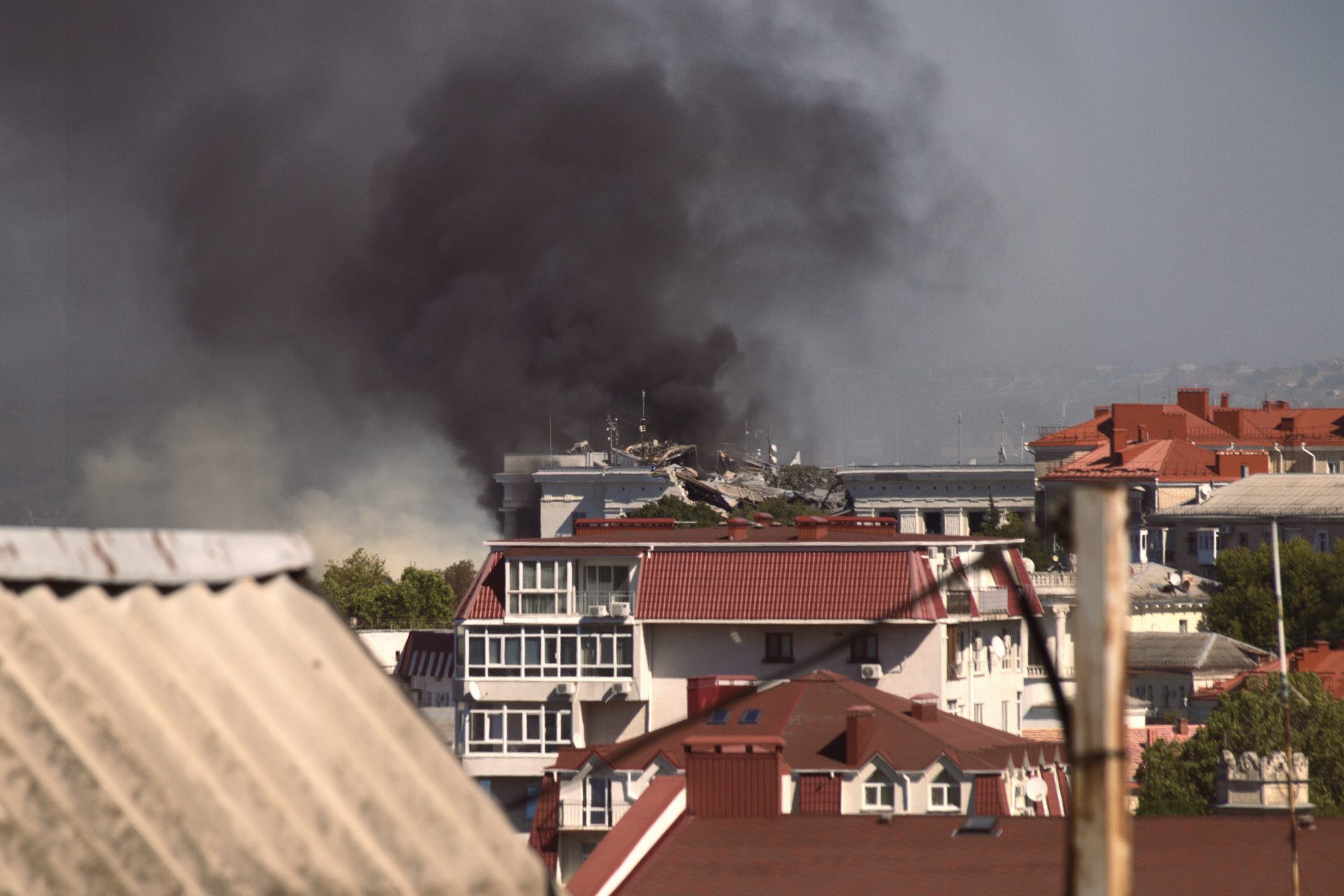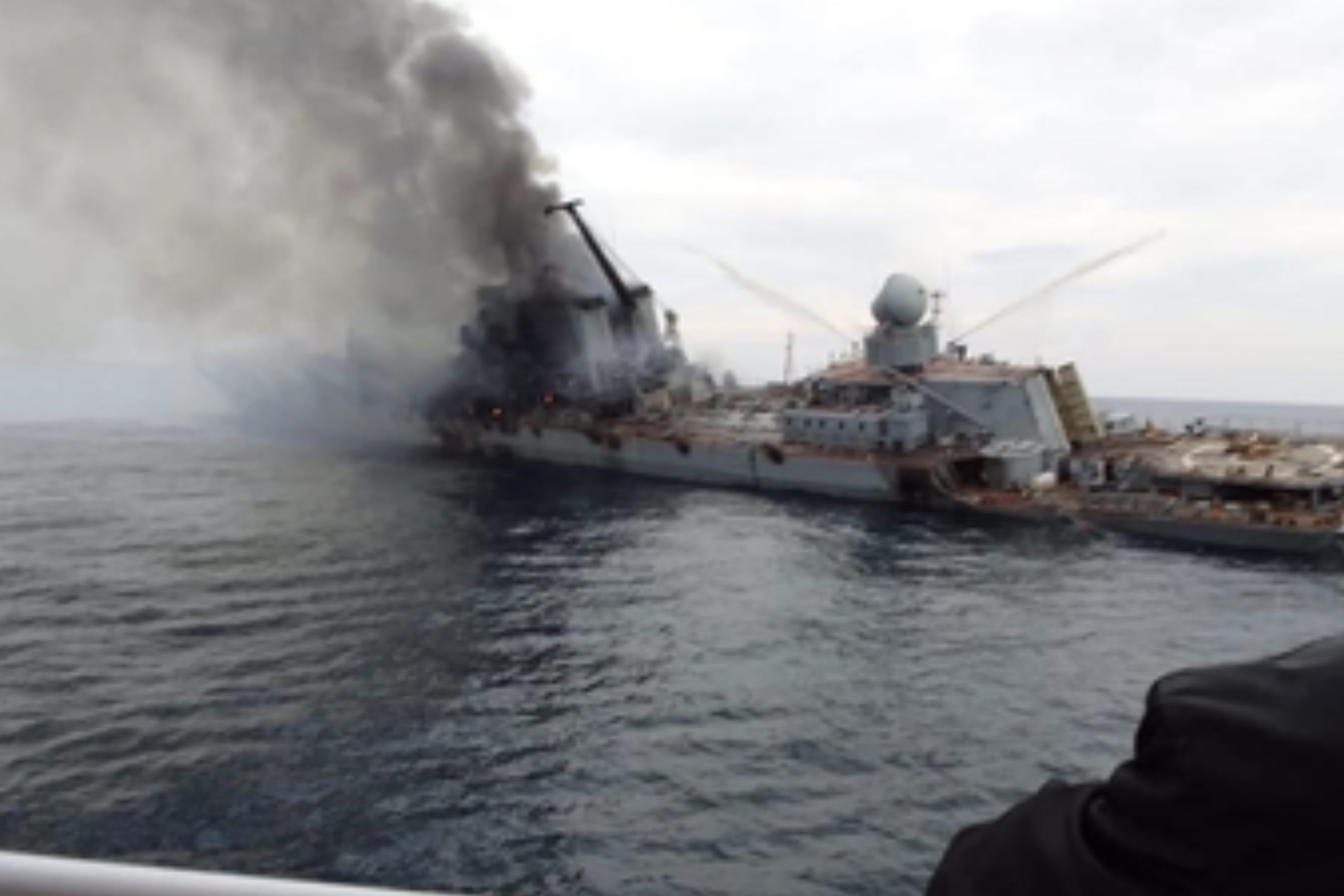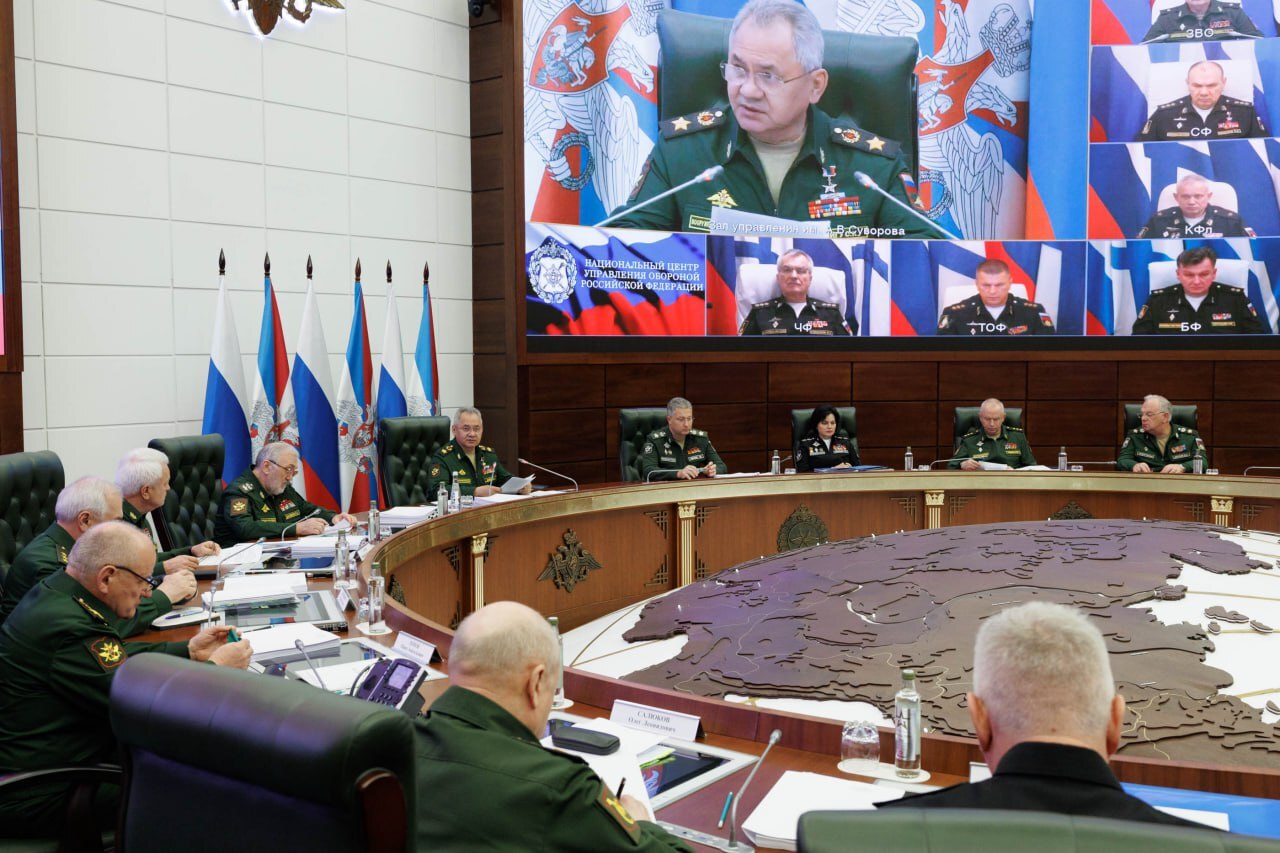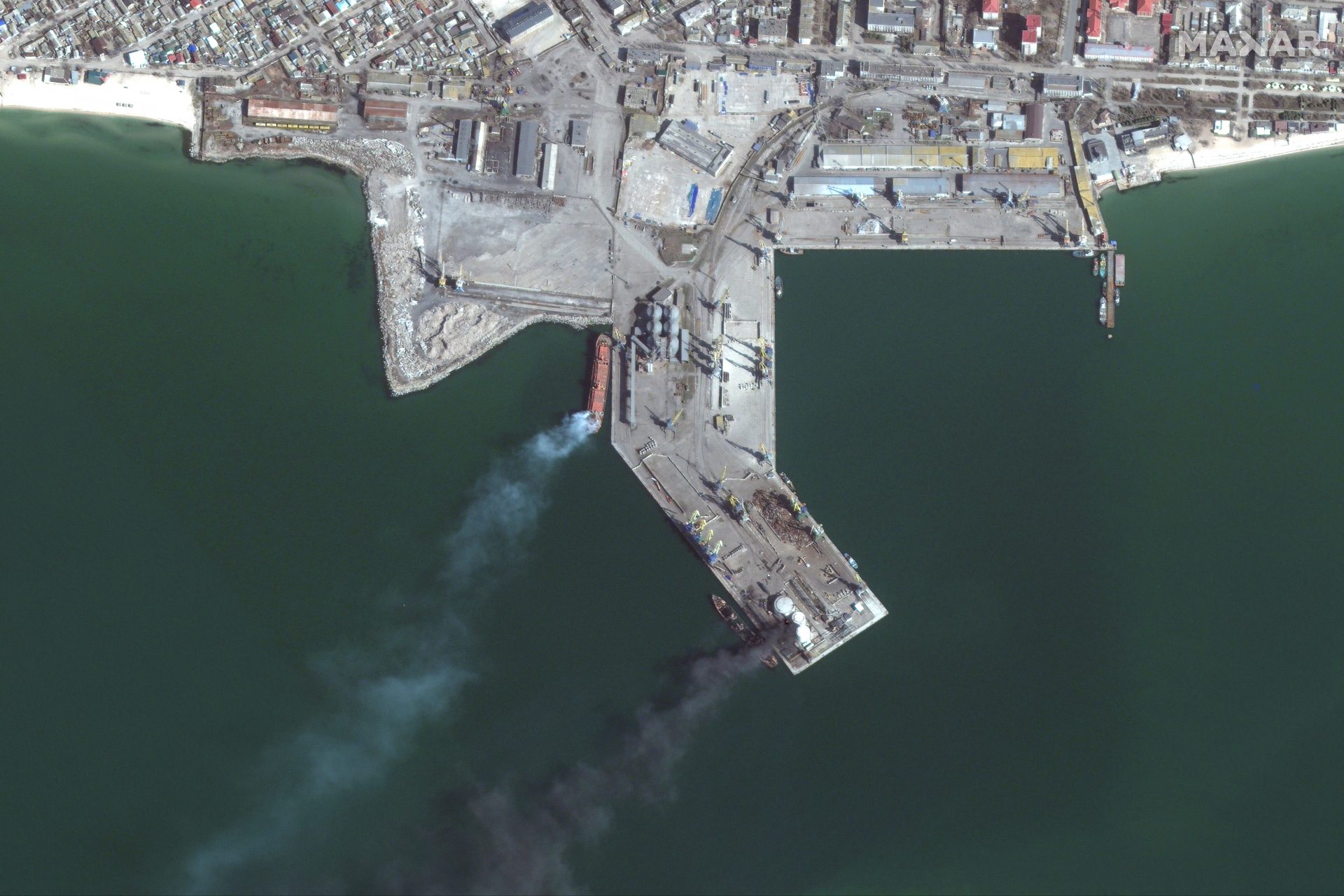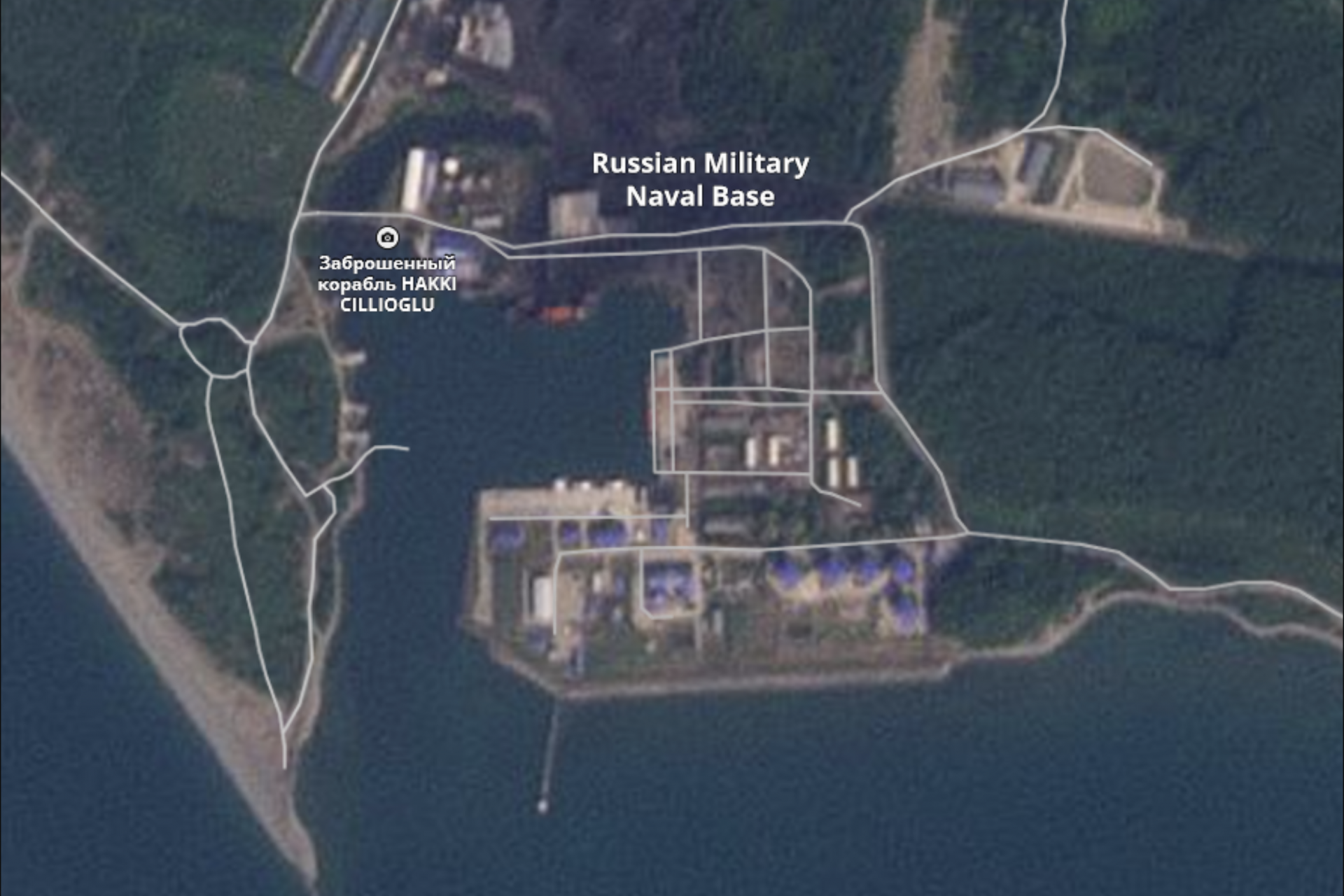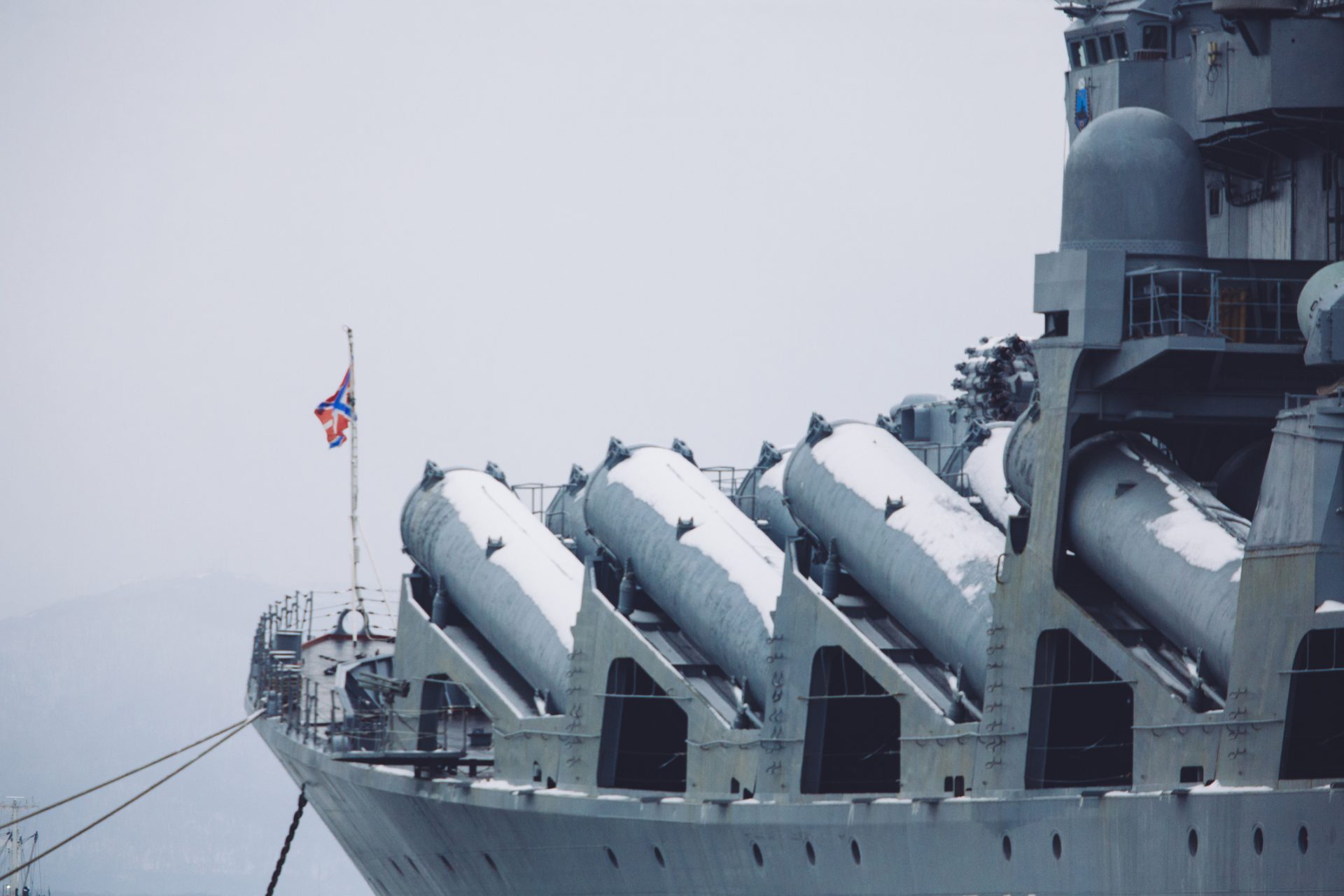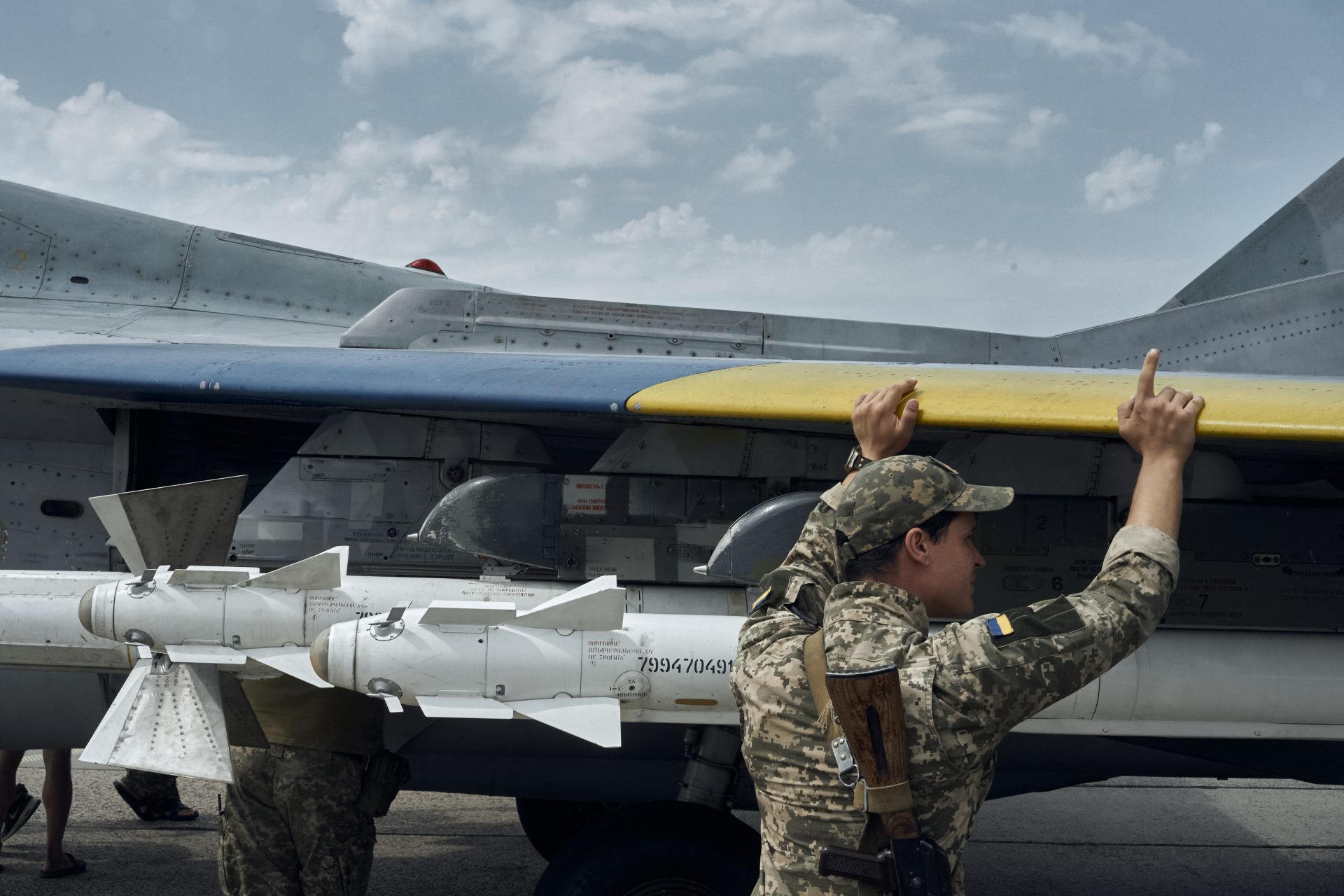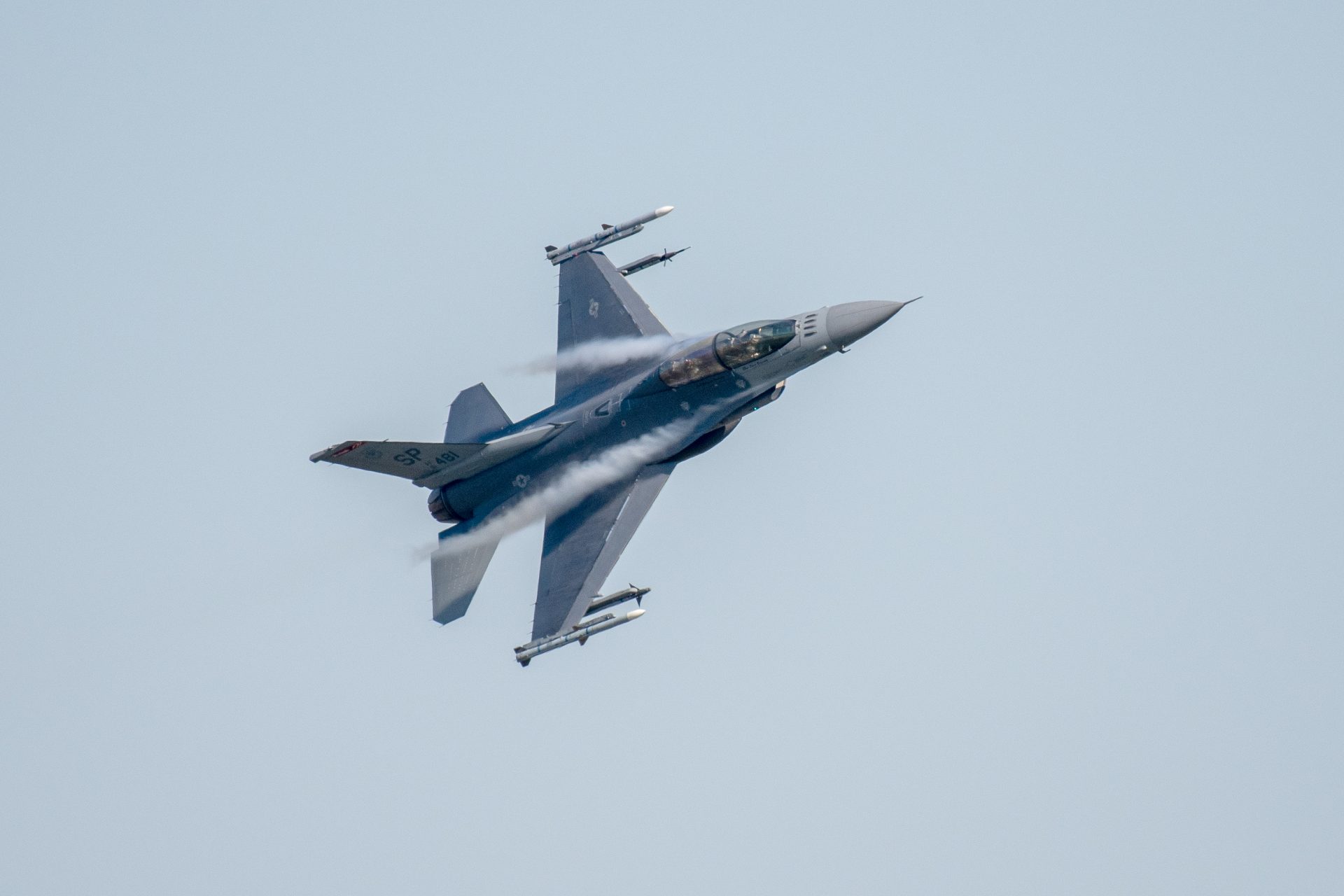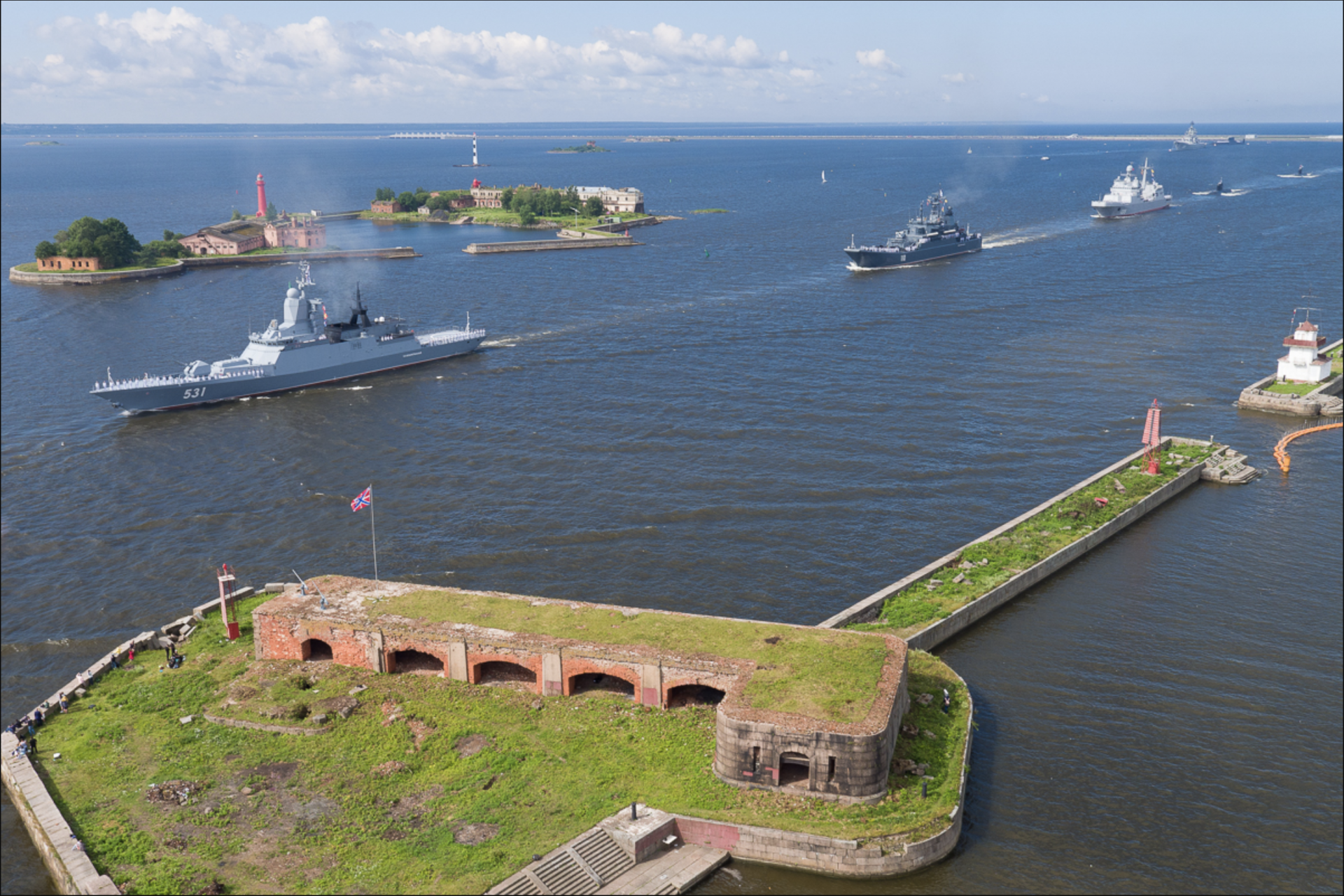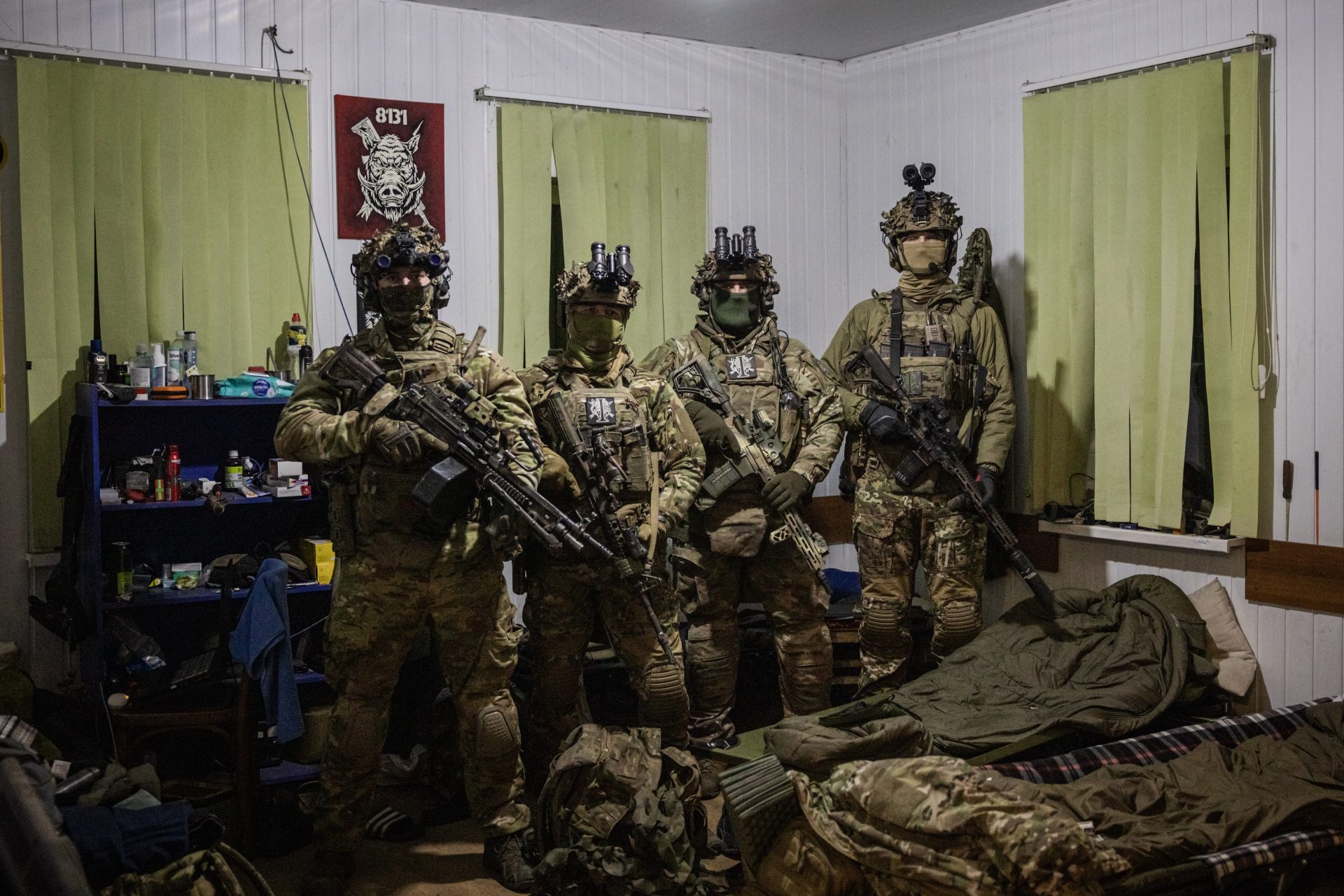Putin’s ships can run but they can’t hide from Ukraine
The Russian Black Sea Fleet is the most powerful naval force sailing in on the regional waterway but it has been no match for Ukraine’s asymmetrical guerilla tactics on the high seas. Now it seems Moscow is changing its strategy, but will it help?
Few war analysts or armchair generals would have been able to predict the remarkable success Ukraine would have on the Black Sea after Vladimir Putin launched the full-scale Russian invasion of Ukraine in February 2022.
At the time, Russia was operating the most powerful navy on the Black Sea and Ukraine was forced to sink its only major surface ship, the Hetman Sahaidachny, to keep it out of the hands of the invading Russia Armed Forces.
However, fairly quickly into the war, Ukraine revealed its stunning ability to wage war on the high seas. Ukrainian forces sank the Russian Black Sea Fleet’s flagship the Moskva in April 2022, the first victory of many that followed.
More vital surface vessels were destroyed, the headquarters of the Black Sea Fleet was hit with cruise missiles, and Ukraine was able to ease the blockade being imposed against it after the Black Sea Grain Initiative collapsed according to the Atlantic Council.
Photo Credit: Wiki Commons By Halifers - Own work, CC BY-SA 4.0,
Ukraine has destroyed eleven Russian surface vessels as well as one submarine since the invasion began and damaged another seven according to December 18th numbers from the open-source intelligence group Oryx.
Photo Credit: Wiki Commons By Unknown Author / Free Use
Russia’s losses on the Black Sea have forced naval officials to rethink how they've deployed thier fleet. In October, the Wall Street Journal reported that Moscow moved the bulk of its fleet away from its base in Crimea eastward to ports in Russia.
“The move represents a remarkable setback for Russian President Vladimir Putin, whose military seizure of Crimea in 2014 marked the opening shots in his attempt to take control of Ukraine,” wrote Thomas Grove.
The ports Moscow moved its surface fleet to are farther away from Ukraine, and while this offered the Black Sea Fleet more protection from Ukraine’s aerial and navy drone attacks, it also limited the effectiveness of Russia's vessels.
However, the Russian Black Sea Fleet's move eastward may not have been far enough for Putin and his naval commanders. New satellite imagery reported on by BBC News revealed Russia is preparing a new naval base on the Black Sea further east.
The new naval base is being constructed at Ochamchire, a seaside city in the Georgian breakaway province of Abkhazia, which has been nominally controlled by Moscow and separatist forces since the 1990s according to the BBC.
Photo Credit: Twitter @TheStudyofWar
The President of Abkhazia Aslan Bzhania told Russian tabloid media outlet Izvestia in October that the region would eventually host a permanent Russian naval presence, but it wasn’t until December that satellite imagery confirmed the claim.
Moving naval assets further east is likely an attempt to avoid suffering from more costly defeats at the hands of the Ukrainians, a fact retired Vice Admiral Robert Murrett noted when speaking with Newsweek about Russia’s naval shift.
"Ukrainian forces have continued to mount attacks on Russian ships and port facilities in waters adjacent to Ukraine, in Crimea and beyond," Murrett said, adding that the attacks "provided [a] strong incentive to Moscow to seek a safe harbor in the Abkhazia region."
The Black Sea Fleet’s new base in Abkhazia will also help protect its surface ships from the threat Ukraine’s F-16s will pose once they arrive in the country according to Frederik Mertens, an analyst at the Hague Centre for Strategic Studies.
“That this strategic retreat has become inevitable for the Russian Black Sea fleet is both a testament to the present Ukrainian operations and a clear indication of the danger posed by the impending arrival of F-16 fighters," Mertens told Newsweek.
"The threat from F-16 aircraft will be far more severe, as these American aircraft have the correct interfaces to utilize Western weapons to their full potential," Mertens added, though it is still unclear when Ukraine's F-16s will be in the air.
Russia’s naval assets in the Black Sea may be able to run away from Ukraine's attacks now, but eventually, there will be nowhere on the sea where the Kremlin’s navy can hide, only time will tell if Moscow’s new strategy will help.
Photo Credit: Wiki Commons By Mil.ru, CC BY 4.0
More for you
Top Stories



